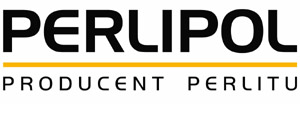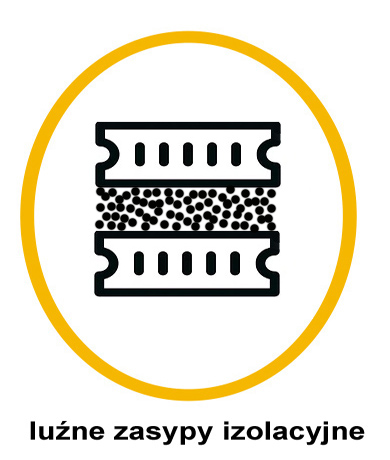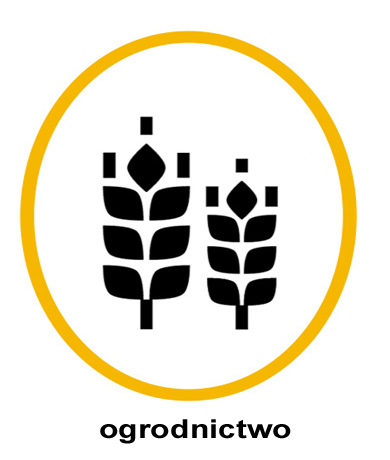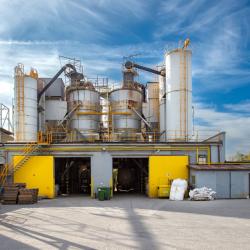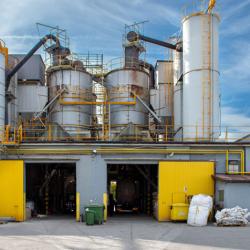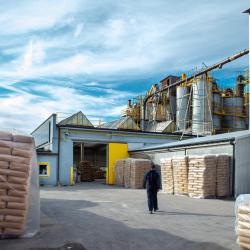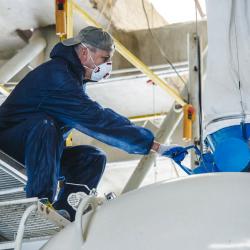rwst
The PERLIPOL company was established in 1995. In the first decade of its existence, its activity included the import of expanded perlite from Greece and Slovakia. In April 2005, the company launched a production plant in Bełchatów under a license from the Slovak company Kerko. Since 2013, PERLIPOL has also been producing expanded vermiculite, and since 2015 - hydrophobized perlite (offered under the name: hydroperl). Until November 2019, four technological lines for perlite expansion were in operation, each with a capacity of 50,000 to 100,000 cubic meters per year, which made PERLIPOL the largest producer in Poland. At the end of 2019, PERLIPOL launched the first milled (micronized) perlite production line in Central and Eastern Europe.
The company's management board consists of three co-owners: Krystyna Kuśmierek, Witold Derlatka and Jacek Benben.
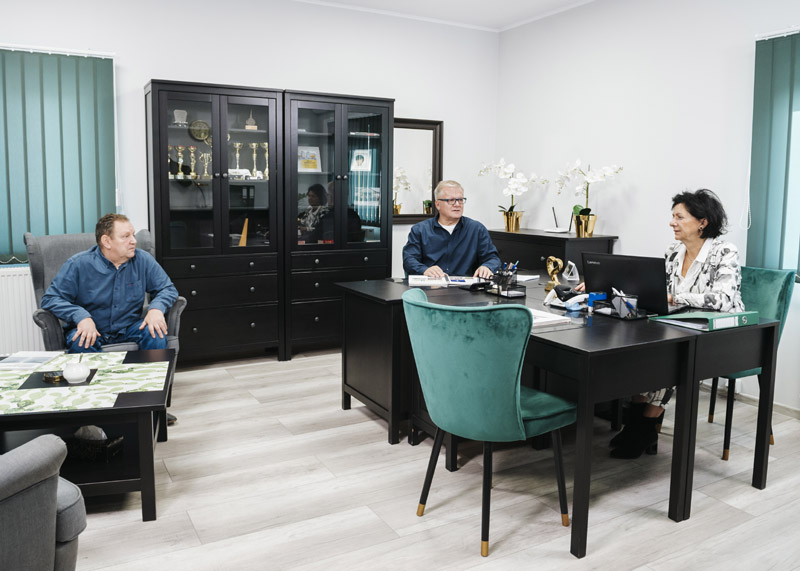
PERLIPOL is constantly improving its production processes and strives to improve energy efficiency.
The owners of the company strive to ensure that all raw materials and technological processes meet high standards, thanks to which the offered products have the correct quality parameters and competitive prices.
Since 1995, PERLIPOL has been cooperating with scientists from the Lodz University of Technology who help in the development of recipes for building products containing perlite, test product parameters and propose innovations in production technology.
PERLIPOL is the only Polish company belonging to the international organization PERLITE INSTITUTE based in the USA, associating perlite producers from all over the world and constituting a forum for the exchange of experiences of its members.
The idea behind this organization is: "Members of the Perlite Institute work together to learn the most efficient and effective ways to produce ready-to-market perlite, to build awareness of the amazing potential of perlite among target industries, and to research and then inform end-users about the properties of the mineral ".

GALLERY
Perlite is a volcanic mineral which, after thermal treatment, resembles polystyrene balls, pumice in structure, and chemically similar to glass.
Perlite ore is mined from the deposit using the opencast method. After mining, the rock is crushed and ground to sand. Then, while still in the mines, the ground ore is sorted into different fractions. This is an important process, because the size of a specific fraction determines what type of expanded perlite we will obtain in further processing.
Then the perlite sand goes to the expansion plants. There it is subjected to a thermal treatment which increases its volume. Perlite expands at a temperature of over 900 ° C. Then, chemically bound water molecules are released, which are a characteristic feature of this mineral. The escaping water causes the material to expand.
As a result of this process, perlite increases its volume up to twenty times. As a result, its density and bulk weight also drop twenty times, thanks to which we obtain a light and porous aggregate.
The most important element in the perlite expansion production line is the furnace in which the main physicochemical processes take place. The material stays in it for only a few seconds. After expansion, the perlite grains go to the cooler, where they are cooled down to a temperature of about 200 degrees, and then to the finished product silo. The line is also equipped with a system of cyclones and filters, where the dust generated during the production process is captured.
Then the perlite is poured into tank trucks or packed into big bags and sacks.
| GRAIN AND BULK WEIGHT | |||||
| Type of perlite | EP 200 (Agro) 0-6mm (class III) |
EP 180 (class II) |
EP 150 (class I) |
EP 100F (class 0) |
Hydroperl |
| grain size | % | % | % | % | % |
| 1,25 mm | min 80 | min 60 | max 20 | max 5 | min 60 |
| 0,50 mm | 0-100 | 0-100 | 15-60 | 5-80 | 0-100 |
| 0,25 mm | max 10 | max 10 | min 60 | min 60 | max 10 |
| Bulk density | 110-150 kg/m3 | 70-110 kg/m3 | 40-90 kg/m3 | 50-120 kg/m3 | 70-110 kg/m3 |
| Moisture | max 2% | ||||
| WŁAŚCIWOŚCI FIZYCZNE | |
| postać | stan skupienia stały w postaci granulatu o uziarnieniu 0-6 mm i barwy biało-szarej |
| zapach | bez zapachu |
| pH | 6,5-7,5 |
| palność | niepalny klasa A1 |
| ciężar nasypowy | 50-200 kg/m3 |
| temperatura/zakres topnienia | pow. 900oC |
| temperatura samozapłonu | nie dotyczy |
| przewodnictwo cieplne | 0,045-0,059 W/m x K |
| nasiąkliwość | 3,0-200% |
| wytrzymałość na ściskanie | 0,14-0,40 Mpa |
| odporność chemiczna | jak szkło |
| chłonność akustyczna | 10-92% |
| ciepło właściwe | 0,96-0,92 kJ/kgoC |
| współczynnik dyfuzji pary wodnej | 0,035-0,027g/m h mm Hg |
| SKŁAD CHEMICZNY | |
| Związek chemiczny |
udział % |
| SiO2 | 65-73% |
| Al2O3 | 10-18% |
| K2O + Na2O | 6-9% |
| CaO | 2-6% |
| Fe | 1-2% |
USAGE (klinij interesujące zastowanie)
| CONSTRUCTION: |
|||
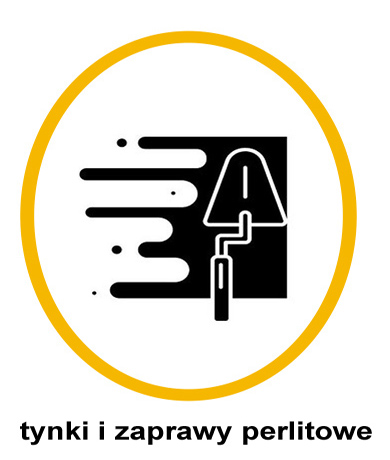 |
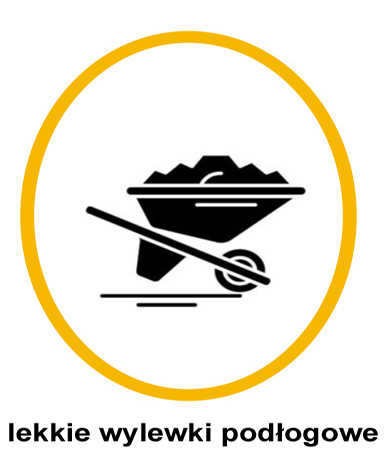 |
||
|
|
|
|
|
| AGRICULTURE AND HORTICULTURE: | |||
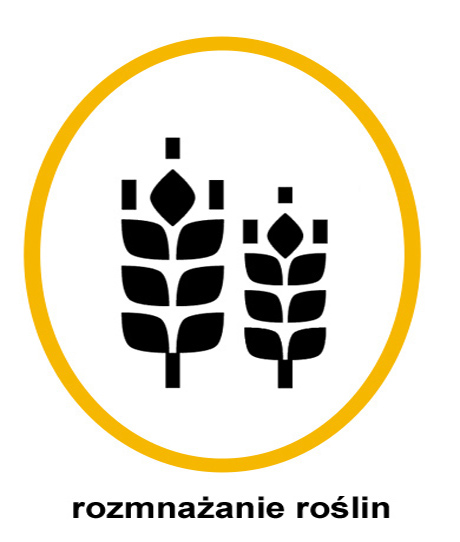 |
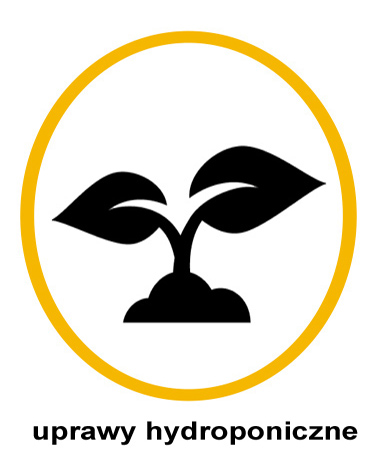 |
||
|
|
|
|
|
| FILTRATION: | |||
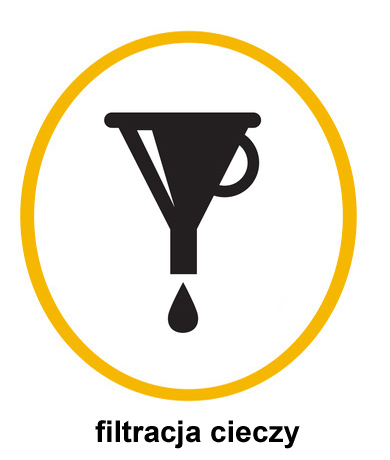 |
|||
|
|
|||
| GREEN AREAS: | |||
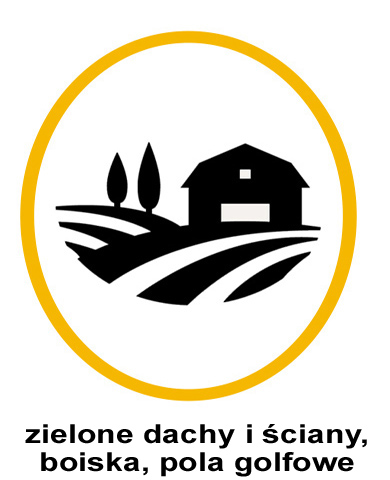 |
|||
| OTHER: | |||
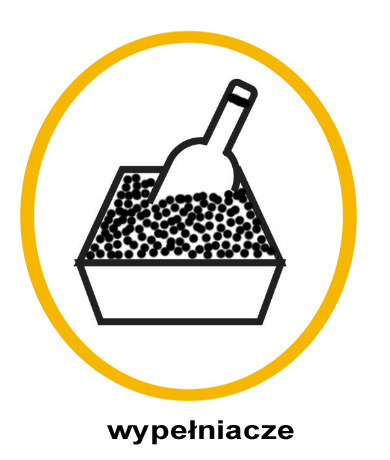 |
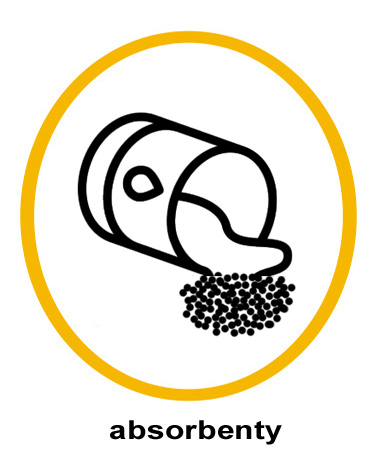 |
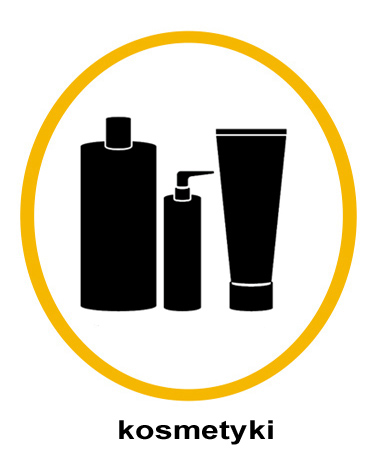 |
|
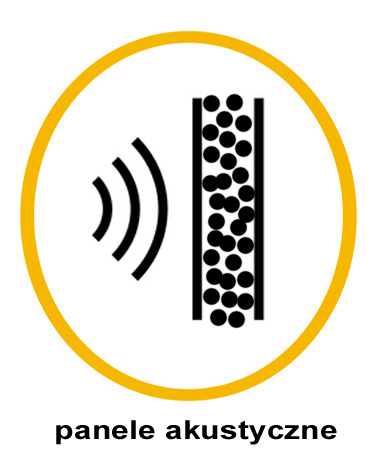 |
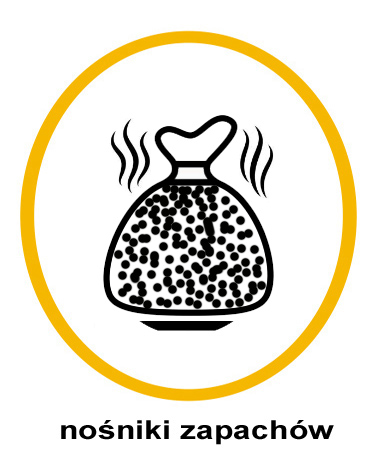 |
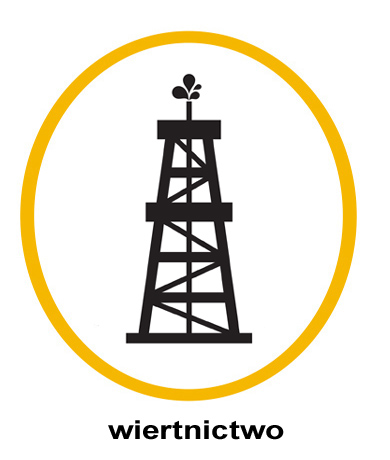 |
|
 |
|||
Expanded perlite by PERLIPOL is certified by the National Institute of Hygiene.

ABOUT PEARL
- PERLITE - SAFE AND FULLY NATURAL MATERIAL
https://www.perlite.org/wp-content/uploads/2021/06/Perlite-SafeNatural.pdf
- TYPES OF EXPANDED PERLITE
https://www.perlite.org/wp-content/uploads/2018/03/why-perlite-works.pdf
- APPLICATIONS OF PERLITE
https://www.perlite.org/wp-content/uploads/2018/03/perlite-wheel.pdf
CONSTRUCTION
- PERLITE HOUSE
https://www.perlite.org/wp-content/uploads/2018/03/perlite-house.pdf
- PERLITE AS THE PERFECT SOLUTION IN AN ENVIRONMENTAL CONSTRUCTION
https://www.perlite.org/wp-content/uploads/2020/02/Perlite-GreenBuildingSolutions.pdf
https://www.perlite.org/wp-content/uploads/2018/03/perlite-underslab-insulation.pdf
https://www.perlite.org/wp-content/uploads/2018/03/perlite-loosefill-insulation.pdf
- PERLITE ROOFINGS
https://www.perlite.org/wp-content/uploads/2018/03/perlite-insulating-concrete-roofdeck.pdf
https://www.perlite.org/wp-content/uploads/2018/03/perlite-insulating-concrete-roofdeck-specs.pdf
- LIGHT CONCRETE
https://www.perlite.org/wp-content/uploads/2018/03/perlite-concrete-overview-metric.pdf
https://www.perlite.org/wp-content/uploads/2018/03/perlite-concrete.pdf
https://www.perlite.org/wp-content/uploads/2019/11/Transit-Mix-Perlite-Concrete-Spec-Guide.pdf
https://www.perlite.org/wp-content/uploads/2018/03/perlite-aggregate-lightweight-tile-mortars.pdf
- PERLITE PLASTERS
https://www.perlite.org/wp-content/uploads/2018/09/PerlitePlaster-InstallGuide.pdf
INSULATION
- CRYOGENICS
https://www.perlite.org/wp-content/uploads/2018/03/perlite-cryogenic-service.pdf
- HIGH TEMPERATURE INSULATION
https://www.perlite.org/wp-content/uploads/2018/03/perlite-high-temp-applications.pdf
https://www.perlite.org/wp-content/uploads/2018/03/perlite-chimney-lining-systems.pdf
- ACOUSTIC INSULATION
https://www.perlite.org/wp-content/uploads/2018/03/perlite-high-temp-applications.pdf
GARDENING
- ROOF GARDENS
https://www.perlite.org/wp-content/uploads/2018/03/gently-on-roof-perlite.pdf
- GROWING FOOD ON ROOFS
https://www.perlite.org/wp-content/uploads/2018/03/gardens-in-sky-perlite.pdf
- PERLITE FOR LAWNS AND GARDENS
https://www.perlite.org/wp-content/uploads/2020/06/Perlite-for-Lawns-Gardens.pdf
- ASSESSMENT OF THE USE OF PERLITE AS A SOIL ADDITIVE TO SAVE WATER IN URBAN LANDSCAPES
- EFFICIENCY OF WATERING SOIL WITH AGROPERLITE
https://www.perlite.org/wp-content/uploads/2018/03/effective-watering-horticultural-perlite.pdf
- PERLITE FOR PLANT HEALTH
https://www.perlite.org/wp-content/uploads/2018/12/Perlite-for-Healthy-Plants.pdf
- CULTIVATION OF PLANTS USING PERLITE - A GUIDE
https://www.perlite.org/wp-content/uploads/2018/03/perlite-gradation-peat-perlite-mixtures.pdf
- THE ROLE OF PERLITE IN HYDROPONICA
https://www.perlite.org/wp-content/uploads/2020/07/Perlite-for-HydroponicCulture.pdf
- HYDROPONIC STRAWBERRY CULTIVATION
https://www.perlite.org/wp-content/uploads/2018/03/hydroponic-culture-strawberries-perlite.pdf
- CULTIVATION OF ORCHIDS USING PERLITE
https://www.perlite.org/wp-content/uploads/2018/03/growing-orchids-perlite.pdf
INDUSTRY
- LIGHT MOLDED PRODUCTS
https://www.perlite.org/wp-content/uploads/2018/07/perlite-for-formed-products.pdf
- STEEL AND FOUNDRY INDUSTRY
https://www.perlite.org/wp-content/uploads/2018/03/high-temp-apps-foundry-industries.pdf
- CHAMBERS
https://www.perlite.org/wp-content/uploads/2021/05/Perlite-Well-Cements.pdf
- PERLITE AS SLUDGE ABSORBENT
https://www.perlite.org/wp-content/uploads/2021/05/Perlite-Well-Cements.pdf
- PERLITE AS ABSORBENT OR MEDIA
https://www.perlite.org/wp-content/uploads/2018/03/perlite-absorbent-carrier.pdf
FILTERING
- PERLITE FOR WATER QUALITY MANAGEMENT
https://www.perlite.org/wp-content/uploads/2018/03/perlite-absorbent-carrier.pdf
- PERLITE FOR FILTRATION
https://www.perlite.org/wp-content/uploads/2018/03/perlite-for-filtration.pdf
https://www.perlite.org/wp-content/uploads/2020/08/Perlite-FilterAid-Explained.pdf
Vermiculite is a mineral, hydrated magnesium aluminum silicate, with a highly variable and complex chemical composition. It crystallizes in a monoclinic system, most often in the form of lamellar clusters, crystals or plates. It is golden-beige in color. It is a product of mica weathering (phlogopite, i.e. brown mica, or biotite, i.e. black mica). It contains compounds of magnesium, iron, aluminum, oxygen and hydrogen. It is mainly mined in the USA, Africa, Australia and Asia. In Poland, it occurs in Lower Silesia, but these are unsuitable for exploitation.
A characteristic feature of vermiculite is even a 20-fold increase in volume during high-temperature processing. This process produces expanded vermiculite in the form of swollen accordions. Vermiculite in exfoliated (expanded, expanded) form is light, non-flammable, compressible, very absorbent, perfectly insulates sound and heat, is non-flammable, non-reactive, has a unique ability to store and release moisture. It is also completely safe for people and the environment. A very wide range of temperatures in which it can be used (from -260 to 1200 ° C) makes it a very wide range of applications.
|
VERMICULITE |
||||
| SUPERFINE | FINE | MEDIUM | LARGE | |
| grain size | % | % | % | % |
| 4 mm | 8-50 | 55-95 | ||
| 2 mm | 0-1 | 20-35 | 20-45 | 3-20 |
| 1,6 mm | 0-2 | 18-30 | 5-20 | 1-10 |
| 1 mm | 8-40 | 20-40 | 5-20 | 1-10 |
| 0,5 mm | 10-55 | 5-15 | 5-15 | 0-8 |
| 0,25 mm | 10-30 | 2--10 | 1-5 | 0-3 |
| Bulk density |
110-120 kg/m3 |
80-100 kg/m3 |
60-110 kg/m3 |
70-110 kg/m3 |
| Moisture | max 5% | max 5% | max 5% | max 5% |
| PHYSICAL PROPERTIES | |
| form solid | state in the form of granules with a lamellar structure with a grain size of 0-8 mm |
| smell |
without smell |
| pH | 6,5-7,5 |
|
flammable |
non-flammable class A1 |
| Relative density, bulk density | bulk density 60-200 kg/m3 |
|
temperature / melting range |
above 1300oC |
|
self-ignition temperature |
not applicable |
| thermal conductiv | 0,050-0,065 W/m x K |
| water absorption | up to 150% |
| compressive strength | 0,14-0,40 Mpa |
|
chemical resistance |
like glass |
| acoustic absorption | 10-92% |
| specific hea | 0,84-1,08 kJ/kgoC |
| CHEMICAL PROPERTIES | |
| Chemical composition |
Composition % |
| SiO2 | 38-46% |
| Al2O3 | 10-16% |
| MgO | 16-35% |
| Fe2O3 | 6-13% |
| TiO2 | 1-3% |
| CaO | 1-5% |
| K2O | 1-6% |
| H2O | 8-16% |
| other | 0,2-1,2% |
ZASTOSOWANIA (klinij interesujące zastowanie)
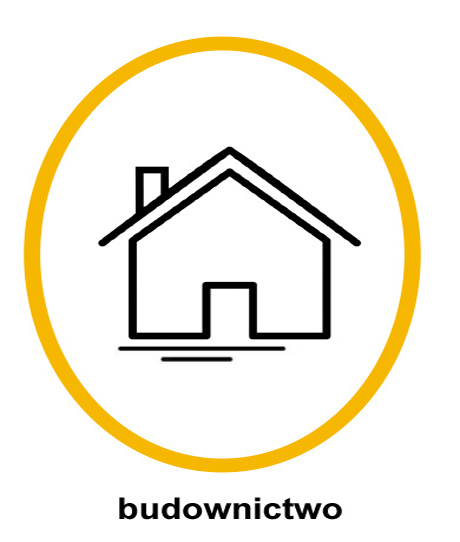 |
 |
||
 |
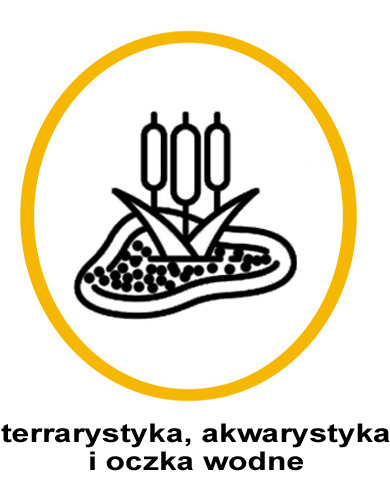 |
